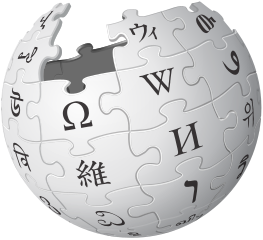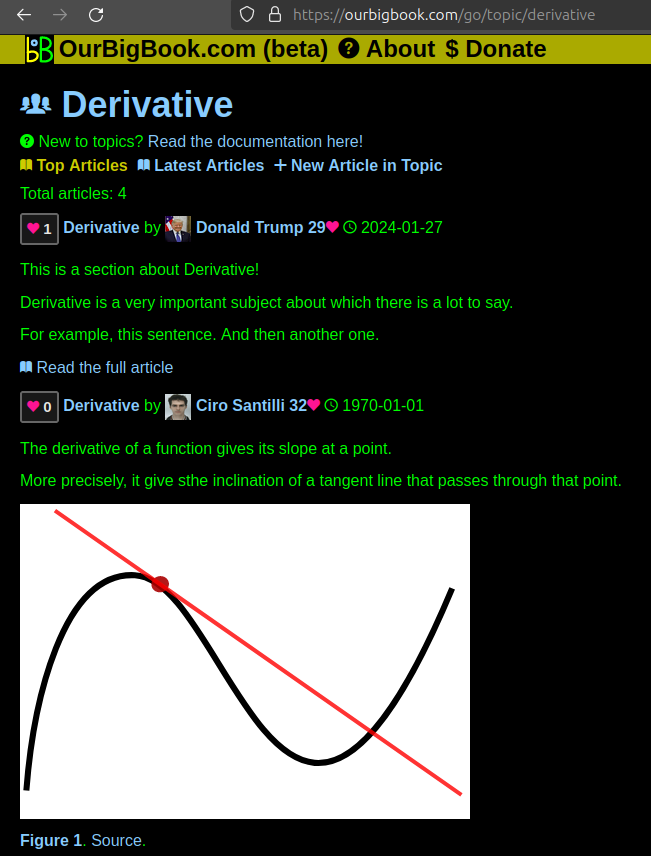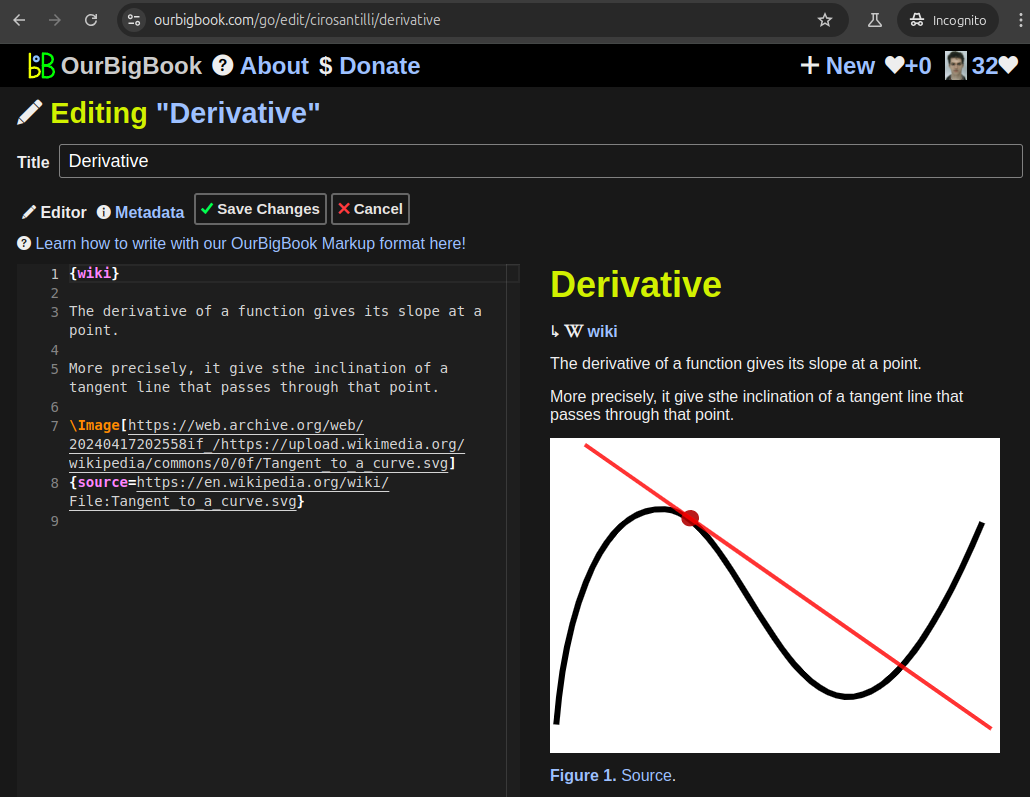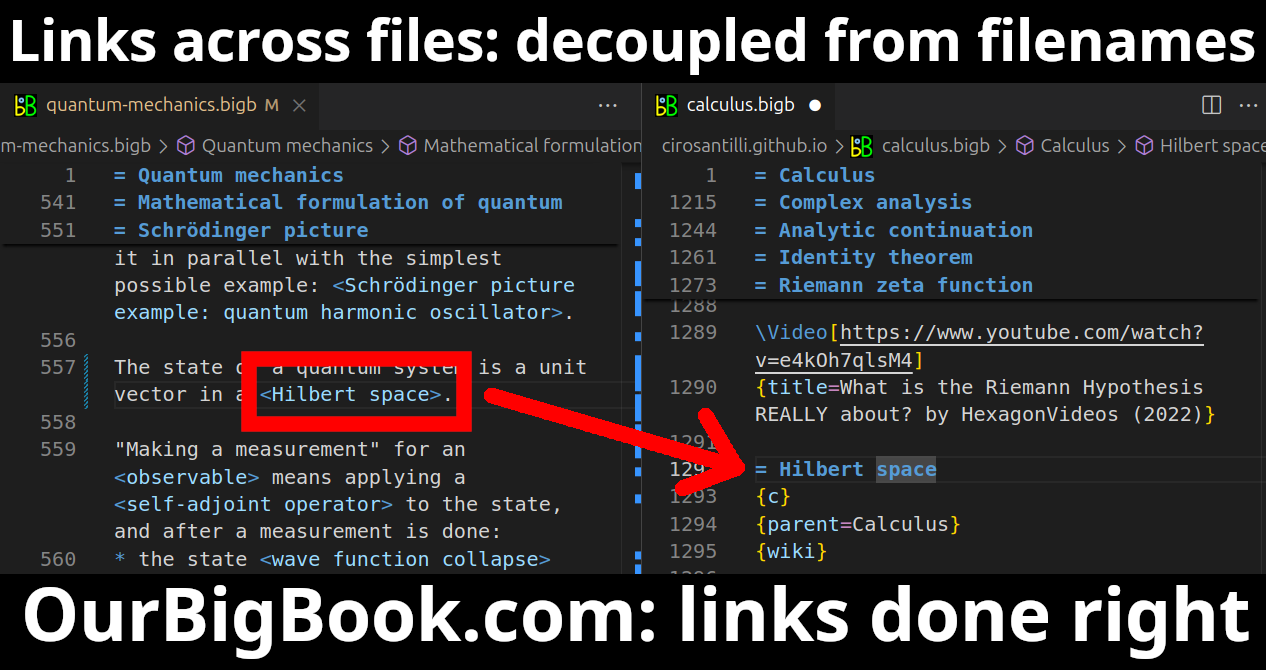Margaret Burchinal is a prominent figure in the field of early childhood education and child development research. Her work has focused on the quality of early educational experiences and their impact on children's development. Burchinal has contributed to various studies evaluating the effectiveness of early childhood programs, aiming to understand how different factors, such as teacher qualifications and classroom environments, influence young children's outcomes.
Marguerite Frank is likely a reference to an individual, but without additional context, it's difficult to provide specific information.
Marie Diener-West is a notable statistician and biostatistician, recognized for her contributions to the field of biostatistics and epidemiology. She has played significant roles in numerous research studies, focusing particularly on public health and the evaluation of medical interventions. Diener-West has also been involved in academic leadership and has published extensively in reputable journals.
Marilyn Seastrom is a notable American statistician recognized for her contributions to statistics and biostatistics. She has been associated with the National Institute of Statistical Sciences (NISS) and has worked on various statistical methodologies and applications, particularly in fields such as environmental statistics and epidemiology. Her work often focuses on the integration of statistical techniques with practical research challenges.
Mary D. Sammel is an American statistician and professor known for her work in epidemiology, particularly in the fields of public health and biostatistics. She is a faculty member at the University of Pennsylvania, where she has contributed to research in various areas, including statistical methods for understanding health outcomes. Her work often involves the application of statistical techniques to real-world health issues, and she has published a number of papers on these topics.
Mary Mulry could refer to various individuals or contexts, but without additional specifics, it's unclear which Mary Mulry you are referring to.
Patricia Reynaud-Bouret appears to be a notable figure, but specific information about her may not be widely available or may depend on the context in which she is referenced. She is known for her work in the field of education, particularly related to the development of pedagogical practices.
Nancy Obuchowski is a prominent statistician known for her work in clinical trials, particularly in the field of medical imaging and health outcomes research. She has contributed to the development of methodologies that enhance the understanding and analysis of complex data in medical contexts. Her research often focuses on improving the design and analysis of studies to ensure robust results, especially regarding diagnostic tests and the evaluation of new medical technologies.
Polly Feigl is a cloud-based personal assistant that is designed to help users with various tasks such as managing schedules, reminders, and information lookup. It utilizes artificial intelligence to provide assistance in a conversational manner, making it easier for users to interact and receive help.
Mirjam van Praag is a notable Dutch academic and business leader, recognized for her contributions to the fields of entrepreneurship, innovation, and management. She has held various academic positions, including serving as a professor at universities and contributing to research on topics related to business and economics. Additionally, she has been involved in leadership roles in several organizations, focusing on enhancing the impact of research and education in the business sector.
Montserrat Guillén is likely referring to a variety of subjects, which could include people, artworks, institutions, or concepts, depending on the context. However, without specific information, it's hard to determine exactly what you are referring to. If Montserrat Guillén pertains to a person, it could refer to an individual involved in fields such as academia, art, or another profession. If it's something else, such as a project, place, or concept, more context would help clarify.
Nancy Bates is a notable statistician recognized for her contributions to the field of statistics, particularly in the areas of statistical methodology and its applications. She has been involved in research and education, and her work often includes topics such as statistical modeling, data analysis, and the development of statistical theories. In addition to her research contributions, Bates has likely been involved in teaching and mentoring students in statistics, helping to advance the field through both her scholarly work and her influence on the next generation of statisticians.
Olive Jean Dunn is an American statistician known for her significant contributions to the fields of statistical methodology and its application in various areas, such as biostatistics and environmental statistics. She is especially noted for her work in developing statistical techniques and tools for analyzing complex data sets.
Rebecca Andridge is an academic known for her work in statistics and data science, particularly in the context of public health and biostatistics. She is often involved in research and teaches courses related to statistical methods and their applications in health-related fields.
Rebecca DerSimonian is a prominent statistician known for her work in the field of meta-analysis and biostatistics. She is particularly recognized for her contributions to methods for synthesizing research findings from multiple studies, especially in the medical and health sciences. DerSimonian is one of the developers of the DerSimonian and Laird method, which is widely used for random-effects meta-analysis.
Rebecca Hubbard might refer to different individuals or concepts depending on the context. One potential reference is to a person involved in academic research or activism, particularly in fields related to public health, statistics, or social issues.
Sharon Witherspoon is a distinguished figure in the fields of psychology and statistics, particularly known for her work in educational measurement and assessment. She has held various leadership roles in several professional organizations and has contributed to research focusing on the intersections of education, testing, and statistical methodologies.
Sherri Nichols could refer to various individuals, but there is no widely known person by that name in popular culture or history as of my last update in October 2023. If you are referring to a specific Sherri Nichols, additional context would help clarify who you are talking about. For example, she could be a public figure, fictional character, author, or someone relevant to a specific field. Please provide more details!
Pinned article: Introduction to the OurBigBook Project
Welcome to the OurBigBook Project! Our goal is to create the perfect publishing platform for STEM subjects, and get university-level students to write the best free STEM tutorials ever.
Everyone is welcome to create an account and play with the site: ourbigbook.com/go/register. We belive that students themselves can write amazing tutorials, but teachers are welcome too. You can write about anything you want, it doesn't have to be STEM or even educational. Silly test content is very welcome and you won't be penalized in any way. Just keep it legal!
Intro to OurBigBook
. Source. We have two killer features:
- topics: topics group articles by different users with the same title, e.g. here is the topic for the "Fundamental Theorem of Calculus" ourbigbook.com/go/topic/fundamental-theorem-of-calculusArticles of different users are sorted by upvote within each article page. This feature is a bit like:
- a Wikipedia where each user can have their own version of each article
- a Q&A website like Stack Overflow, where multiple people can give their views on a given topic, and the best ones are sorted by upvote. Except you don't need to wait for someone to ask first, and any topic goes, no matter how narrow or broad
This feature makes it possible for readers to find better explanations of any topic created by other writers. And it allows writers to create an explanation in a place that readers might actually find it.Figure 1. Screenshot of the "Derivative" topic page. View it live at: ourbigbook.com/go/topic/derivativeVideo 2. OurBigBook Web topics demo. Source. - local editing: you can store all your personal knowledge base content locally in a plaintext markup format that can be edited locally and published either:This way you can be sure that even if OurBigBook.com were to go down one day (which we have no plans to do as it is quite cheap to host!), your content will still be perfectly readable as a static site.
- to OurBigBook.com to get awesome multi-user features like topics and likes
- as HTML files to a static website, which you can host yourself for free on many external providers like GitHub Pages, and remain in full control
Figure 3. Visual Studio Code extension installation.Figure 4. Visual Studio Code extension tree navigation.Figure 5. Web editor. You can also edit articles on the Web editor without installing anything locally.Video 3. Edit locally and publish demo. Source. This shows editing OurBigBook Markup and publishing it using the Visual Studio Code extension.Video 4. OurBigBook Visual Studio Code extension editing and navigation demo. Source. - Infinitely deep tables of contents:
All our software is open source and hosted at: github.com/ourbigbook/ourbigbook
Further documentation can be found at: docs.ourbigbook.com
Feel free to reach our to us for any help or suggestions: docs.ourbigbook.com/#contact






